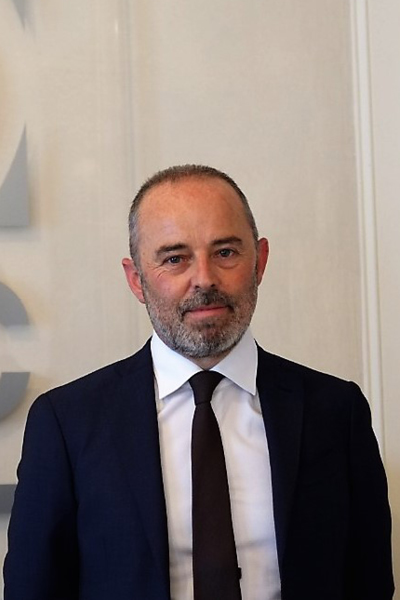The Italian ceramic technology and supplies industry closed 2023 with a slight downturn: according to estimates based on the preliminary figures compiled by MECS – Acimac Research Centre, the sector’s full-year revenues total 2.31 billion EUR, down 1.7% on 2022.
Exports, which have traditionally been the main driver behind the industry’s sales, fell by 4.1% compared to 2022 to 1.62 billion EUR, equivalent to 70% of total revenues. By contrast, the domestic market grew by 4.6% to 687 million. These results in part represent the tail end of the so-called post-Covid boom, i.e. all the orders that have accrued since the end of the pandemic.
Following a record 2022 performance despite energy and raw materials supply issues, the sector has remained stable in 2023. While the first-half results were in line with those of 2022, these have been offset by a contraction in the second half of the year. These final months of 2023 have seen a decline in indices, partly triggered by the higher interest rates. This in turn has pushed the global economy into a downward spiral that has spilled over into the construction sector, the end market for the entire ceramic industry. As a result, MECS forecasts a reduction in ceramic tile production of 1 billion m2 globally in 2023.
«Achieving sales of well above 2 billion EUR for the third consecutive year is a cause for satisfaction,» said Acimac’s Chairman Paolo Lamberti (pictured). «However, the outlook for 2024 is not so positive due to a variety of factors including high interest rates, the ongoing war in Ukraine and market saturation resulting from substantial investments made by global clients in recent years. Our forecasts suggest that global ceramic tile production will fall by 5.6% next year and will generally remain at modest levels until 2027, with an average annual growth rate of +0.6%. Consequently, 2024 will be a challenging year for our industry with a decline in sales all but certain. After overcoming the emergency triggered by soaring energy prices, the ceramic industry will continue to face significant challenges, like others we have experienced in the past. But unlike the crises caused by the pandemic and raw materials shortages, this phase appears to be more cyclical in nature, so we will pull through this time too.
«We must also bear in mind that the real revolution occurring in the ceramic technology sector concerns the ever-higher levels of innovation,» adds Lamberti. «In the last three years, the Sassuolo ceramic technology cluster has seen the emergence of a series of groundbreaking inventions that will inevitably set the Italian ceramic industry on a new course towards an even higher level of excellence. This constant innovation is what sets us apart from other ceramic technologies produced in the rest of the world and would not be possible without the presence of so many outstanding companies concentrated in an area of just a few square kilometres,» concludes Lamberti.

